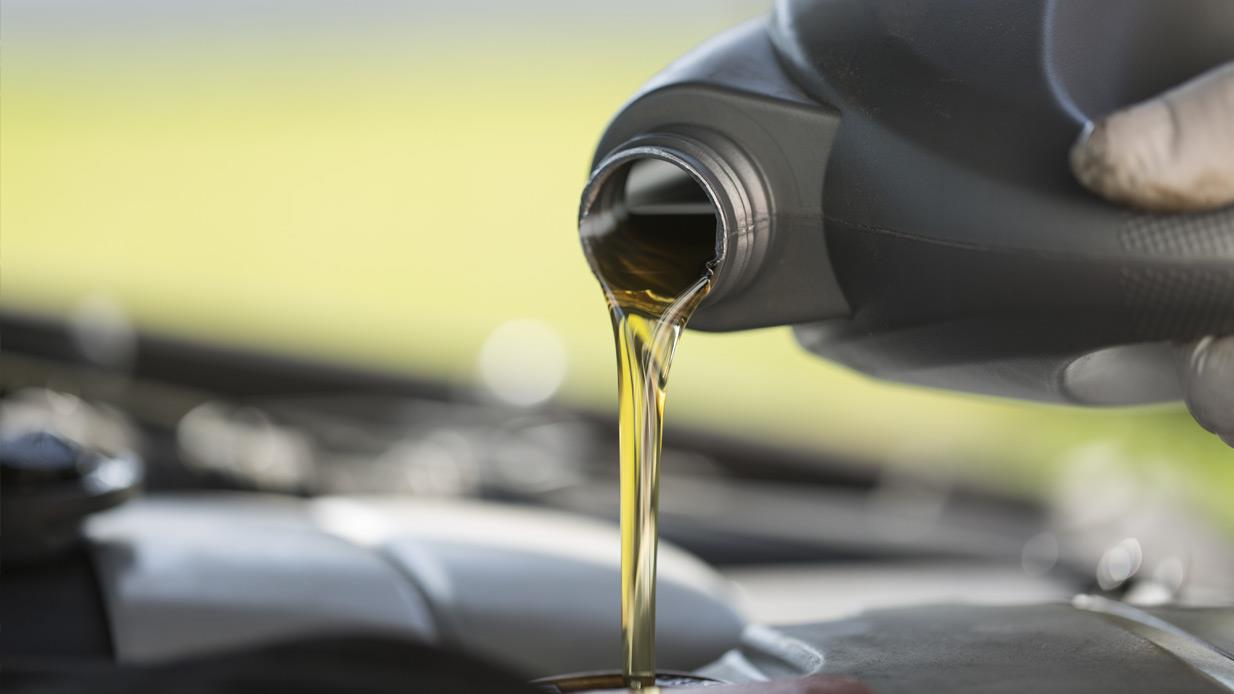How the Oxidation Rate Affects Oil Change Frequency
Tags: oil changes, oil oxidation

"How much should an oil’s oxidation rate affect the frequency of an oil change?"
Oxidation is a reaction that takes place between the molecules of a lubricant’s base oil and existing oxygen in the form of foam or entrained air. Once oxidation begins to occur, it can, and often will, lead to an adverse, permanent chemical change in the molecules. As this process is initiated, the molecules, which typically are hydrocarbons, are transformed into proponents that hinder the lubricant’s performance.
Why Oxidation Is a Concern
Oxidation is the leading degradant of any lubricant that is subjected to typical service and environmental exposure. While performance deprivation is the initial fear with oxidation, additional concerns include increased component wear through corrosion, amplified varnish potential and sludge accumulation. Understanding why oxidation happens within a lubricant is imperative to help prevent and delay this process.
Oxidation’s Effects
Protection against the onset of oxidation can be found in the form of robust, usually synthetic base oils with higher viscosity indexes, as well as lubricants with antioxidant additive packages. Of course, even the most resilient lubricants eventually will succumb to oxidation if the exposure to water, heat, air or metal catalysts is severe enough. As this unwanted process progresses, numerous complications may arise. Most issues initially appear with the base oil breaking down as additive depletion begins. Through the development of this cycle, the oil’s viscosity and acidity will often increase, and the formation of rust and corrosion will take effect. The increasing presence of moisture and reactive metals will also factor into the rate of oxidation.
How the Oxidation Rate Impacts Oil Changes
With a better understanding of oxidation, you can see how it might affect the lubricant’s degradation rate, which can have a direct impact on the frequency at which the oil is changed out. Two main factors drive this rate. The first aspect is that as degradation starts to occur with the antioxidant additives, you will begin to see oxidation. If influencing factors or pro-oxidants such as contaminants, temperature and pressure remain the same, the rate of additive depletion and oxidation generally will remain linear. If these factors deviate from the norm, a change in the oxidation rate may result.
The second factor that will impact the oxidation rate is the base oil’s molecular make-up. The lubricant’s oxidation stability and the equipment’s history should also play a role in determining the oil change frequency. Oil analysis can help identify both of these factors.
Using Oil Analysis to Check for Oxidation
Much like the human body, a lubricant will show symptoms of an "illness" as complications begin to take place. The lubrication team and the oil analysis laboratory must ensure activities are put in place to catch these signals before it is too late.
Sensory inspections during preventive maintenance (PM) tasks are a great way to start. Typically, operators and mechanics have already been assigned tasks associated with the equipment, so this is an ideal time to check for oxidation stress signals. These inspections might include examining the lubricant through a clean sight glass with a flashlight to ensure the oil is clear and bright or at least its normal color. Since oxidation sometimes can cause the lubricant to have a foul odor, consider pulling a small sample or opening an access port to see if it has the same characteristic scent.
Oil analysis can be divided into routine and exception test slates. Routine test slates would include viscosity, acid number and Fourier transform infrared spectroscopy, while exception test slates might consist of sludge and oxidation, linear sweep voltammetry, and rotating pressure vessel oxidation testing.